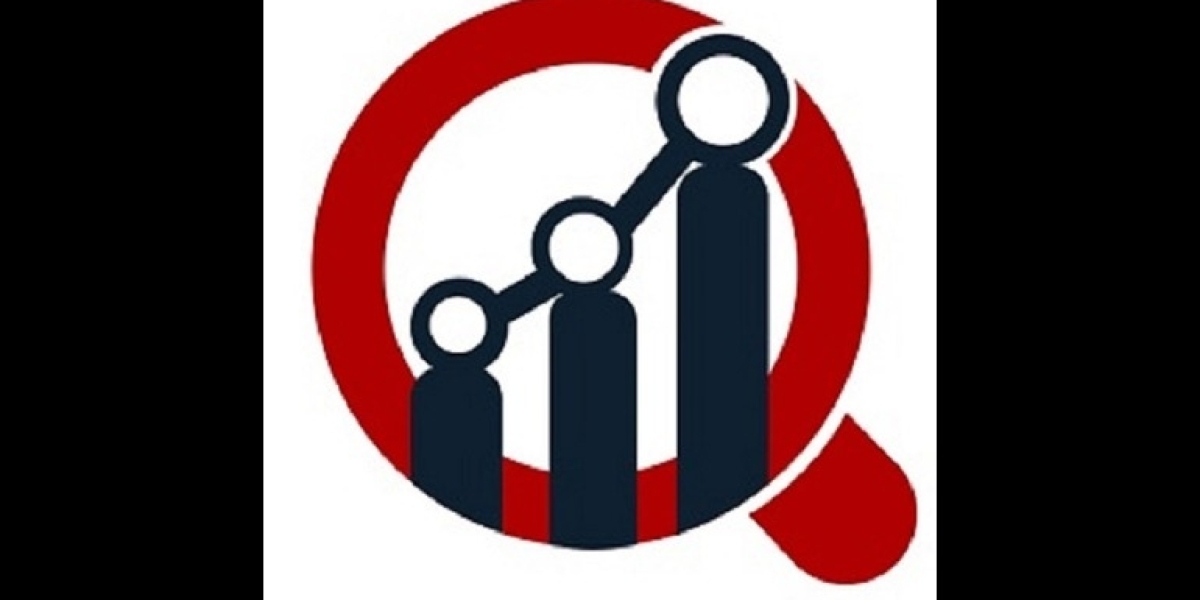Alternative Lending: Transforming Access to Finance Beyond Traditional Banks
In recent years, alternative lending has emerged as a powerful force reshaping the landscape of finance and credit. As traditional banks continue to maintain strict lending criteria and lengthy approval processes, alternative lending platforms offer borrowers quicker, more accessible, and often more flexible financing options. This article explores what alternative lending is, how it works, its benefits and challenges, and why it’s becoming a popular choice for many individuals and businesses.
What is Alternative Lending?
Alternative lending refers to the provision of loans and credit outside of conventional banking systems. Instead of going through traditional banks, borrowers seek funding from non-bank lenders, online platforms, peer-to-peer (P2P) networks, fintech companies, and other innovative financial service providers.
The rise of digital technology has enabled these lenders to leverage big data, advanced analytics, and streamlined processes to assess creditworthiness, approve loans faster, and reach underserved markets that banks often overlook.
Types of Alternative Lending
- Peer-to-Peer (P2P) Lending
In P2P lending, individuals or businesses borrow money directly from other individuals or institutional investors through online platforms. These platforms match borrowers with lenders, often at competitive interest rates. - Online Direct Lenders
Fintech companies provide loans directly to consumers or small businesses through digital applications, cutting down paperwork and approval time significantly. - Crowdfunding
Borrowers raise small amounts of money from a large number of people, typically through online campaigns, to fund specific projects or needs. - Merchant Cash Advances (MCA)
This involves businesses receiving a lump sum upfront in exchange for a percentage of future sales or revenues. - Invoice Financing
Businesses can obtain cash by selling their outstanding invoices to a lender at a discount. - Microloans
Small loans given to startups, small businesses, or individuals who may not qualify for traditional loans.
Benefits of Alternative Lending
- Faster Approval and Funding:
Alternative lenders often use automated systems and digital verification, which means loans can be approved and disbursed within days or even hours. - Access to Credit for the Underserved:
Many borrowers who do not meet the strict criteria of banks, such as those with lower credit scores or new businesses without lengthy credit history, can still access financing. - Flexible Terms:
Alternative lenders often offer more flexible repayment terms tailored to the borrower’s cash flow and needs. - Less Paperwork:
The digital nature of alternative lending means less documentation is required, making the application process simpler.
Challenges and Risks
- Higher Interest Rates:
Because alternative lenders often deal with higher-risk borrowers, interest rates and fees can be significantly higher than traditional bank loans. - Regulatory Uncertainty:
As the alternative lending sector grows, regulatory frameworks are still evolving, which can lead to uncertainty for both borrowers and lenders. - Risk of Overborrowing:
Easy access to credit might lead some borrowers to take on more debt than they can manage, risking financial instability. - Variable Quality of Lenders:
The market has many players, some more reputable than others, so borrowers need to carefully vet their lenders.
Why Alternative Lending is Gaining Momentum
The global lending market is rapidly evolving, driven by digitization and changing consumer expectations. Several factors contribute to the rising popularity of alternative lending:
- Technological Advancements:
AI, machine learning, and big data allow lenders to analyze creditworthiness beyond traditional metrics, opening up financing to more people. - Consumer Demand for Convenience:
Borrowers want fast, transparent, and easy-to-understand loans without visiting a physical branch. - Small Business Growth:
Small and medium enterprises (SMEs) often face hurdles securing bank loans, making alternative lending an attractive option. - Post-Pandemic Recovery:
The COVID-19 pandemic accelerated digital adoption and created urgent liquidity needs for many businesses and consumers, boosting alternative lending volumes.
The Future of Alternative Lending
As fintech innovation continues, alternative lending will likely become an integral part of the broader financial ecosystem. We can expect:
- More personalized lending solutions powered by AI.
- Greater integration with traditional financial institutions through partnerships.
- Enhanced transparency and regulation to protect consumers.
- Expansion into new markets and underserved demographics globally.
Conclusion
Alternative lending is more than just a trend — it is a fundamental shift in how credit is accessed and delivered. For many, it provides a much-needed lifeline outside the traditional banking system, promoting financial inclusion and economic growth. However, borrowers must weigh the benefits against potential costs and risks to make informed financing decisions.
If you’re exploring loan options beyond the bank, understanding alternative lending can help you find the right fit for your financial needs.
Related Report -
| AI in Accounting Market |
| Gold Derivatives And Futures Market |
| Accounting Services Market |
| Agriculture Equipment Finance Market |
| Alternative Finance Market |






